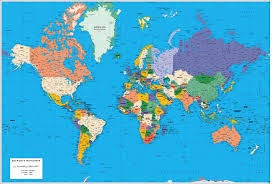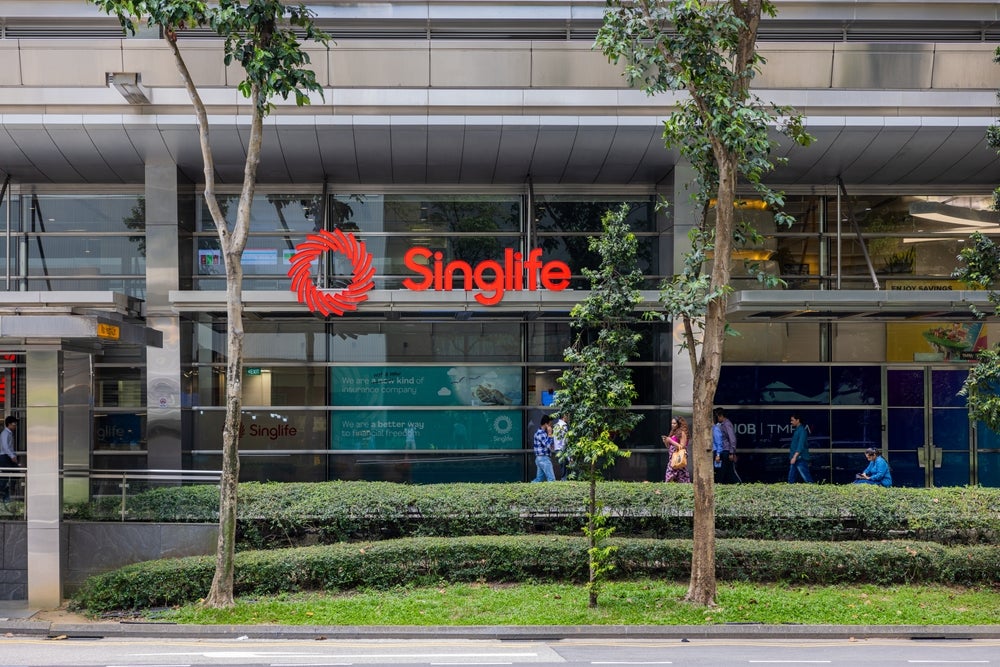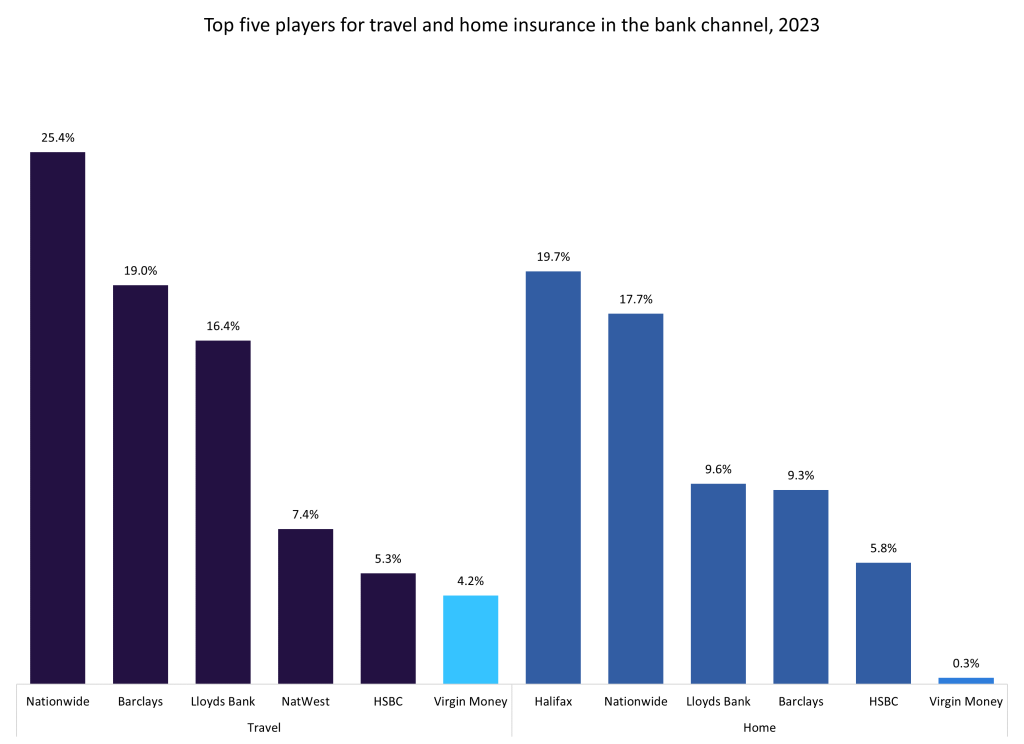
Bancassurance’s expansion is a key trend across the Thai and Malaysian life insurance markets, according to research from Timetric’s Insurance Intelligence Center (IIC). Looking forward to 2018, the IIC forecasts both life markets in Southeast Asia will grow significantly driven by rising life expectancy and tax benefits. The launch of the ASEAN Economic Community (AEC) is also a major boost.
Thailand’s life segment’s gross written premium valued THB380.1bn ($10.6bn) in 2013 and is expected to rise to THB627.1bn in 2018, according to the Timetric report, Life Insurance in Thailand, Key Trends and Opportunities to 2018, which is available at the IIC.
The IIC says key factors expected to drive growth in Thailand’s life sector include:
– Rising life expectancy
– Tax benefits to propel growth in life insurance
– GDP growth to increase demand for life insurance
Rising life expectancy: Life expectancy in Thailand increased from 73.1 years in 2009 to 74.1 years in 2013. Rising life expectancy is expected to drive demand for life products such as pensions and annuities over the forecast period.
Tax benefits to propel growth in life insurance: Thailand’s tax rules supported life insurance’s growth during the review period. Investing in life products entitles individuals to tax exemptions under various sections of the Thai government’s Income Tax Act.
Policyholders qualify for tax deductions on amounts invested in a regular life insurance policy with a premium of up to THB100,000 and on a pension life policy with a premium of up to THB20,000.
Both policies should be contributed to for at least five years, with a 10-year cover period. However, the total tax deduction cannot exceed 15% of the policyholder’s annual assessable income. Tax provisions such as this are projected to encourage people to invest in life products.
How well do you really know your competitors?
Access the most comprehensive Company Profiles on the market, powered by GlobalData. Save hours of research. Gain competitive edge.

Thank you!
Your download email will arrive shortly
Not ready to buy yet? Download a free sample
We are confident about the unique quality of our Company Profiles. However, we want you to make the most beneficial decision for your business, so we offer a free sample that you can download by submitting the below form
By GlobalDataGDP growth to increase demand for life insurance: Thailand’s GDP at current prices increased from US$263.7bn in 2009 to US$387.4bn in 2013. In 2011, the World Bank upgraded Thailand’s income categorization from a lower-middle-income to an upper-middle-income economy, due mainly to low inflation and falling public debt.
Thailand’s unemployment level also fell, from 1.5% in 2009 to 0.8% in 2013, increasing consumer purchasing power and benefiting life insurers. The rise in national disposable income to THB7.18trn in 2013 is expected to drive growth in life insurance over the forecast period.
Fitch report on Thailand
A report published by Fitch Ratings on 30 November 2015 concurs with the IIC’s findings and says rising demand for insurance protection from an ageing population and increasing household wealth will support insurance premium growth in Thailand.
The Fitch report said favourable demographics and tax reduction benefits, supported by solid distribution platform, are supportive of solid growth for life insurers.
It added that an expanding middle- to high-income segment of the population is also likely to stimulate more demand in endowment and wealth-protection products. At the same time, rising life expectancy will spur growth in health and medical insurance premiums.
Key trends
The IIC report highlights several key trends expected to shape Thailand’s life insurance sector over the coming years.
These include:
– Acquisitions and buyouts
– Insurers using bancassurance agreements to expand distribution networks
– Launch of innovative products
– Surge in demand for unit-linked products
– Formation of the AEC in 2015 to promote the Thai insurance industry
In terms of bancassurance, the IIC report says there was a rise in bancassurance agreements during 2009-2013 as life insurers aimed to expand their distribution networks.
In 2013, AIA Group Ltd signed a bancassurance deal with Citibank NA to distribute retail and group life products in Thailand and 10 other countries in the Asia-Pacific region through the bank’s branch network. In the same year, FWD Life signed a bancassurance partnership with TMB Bank and Krungthai Bank.
In July 2014, Standard Chartered Bank (Thai) Public Company Ltd extended its 15-year bancassurance partnership with life insurer Prudential Life Assurance (Thailand) Public Company Ltd.
The new business gross written premium generated through bancassurance in the Thai life segment increased from THB16.8bn in 2009 to THB31.9bn in 2013.
Launch of AEC
The AEC was proclaimed a Community through a declaration signed by The Association of Southeast Asian Nations (ASEAN) Leaders at their 27th Summit in Kuala Lumpur on 22 November 2015.
Among AEC’s aims is a well-integrated and connected economy within the global economic system.
ASEAN’s member states include Indonesia, Malaysia, the Philippines, Thailand, Singapore, Brunei Darussalam, Lao PDR , Myanmar, Cambodia and Vietnam.
Malaysian country focus
The Malaysian life segment’s gross written premium increased from MYR27.7bn in 2010 to MYR35.4bn in 2014, and is expected to reach MYR 52.6bn in 2019, according to the report, Life Insurance in Malaysia, Key Trends and Opportunities to 2019, which is available at the IIC.
The main growth drivers for the Malaysian life insurance industry include:
– Low life insurance penetration
– Consumer awareness programmes
– LIFE Framework to drive the insurers for better efficiency
Low life insurance penetration: Malaysian life insurance penetration stood at 3.3% in 2014. This was relatively low compared to other countries in the region, such as Singapore with 5.5%, Taiwan with 14.9% and South Korea with 9.2%. The low penetration rate indicates strong growth opportunities for life insurance providers
Consumer awareness programmes: The Life Insurance Association of Malaysia (LIAM) and ank Negara Malaysia (BNM) are conducting various programs to create consumer awareness of the benefits of insurance cover. These include education programs on topics such as life insurance, investment-linked life insurance, understanding cash bonuses, annuities for retirement and protection against fraud.
LIFE Framework to drive the insurers for better efficiency: The Life Insurance and Family Takaful Framework concept paper was proposed by the BNM in November 2013; it is currently under review and obtaining feedback from the industry, intermediaries, stakeholders and the public.
The framework emphasizes consumer literacy regarding life insurance, market developments, and a future roadmap for life insurance. The framework aims to usher in greater operational flexibility, competition, and innovation in terms of product and delivery channels.
Key trends in Malaysia’s life insurance sector include:
– Expansion of bancassurance
– Investment-linked insurance gaining prominence
– Insurers’ initiatives to accelerate sales through agencies
– Growing interest of foreign participants
Bancassurance is a popular distribution channel among life insurers in Malaysia. It was the second largest distribution channel during 2010-2014 and held 35.2% of the segment’s new business gross written premium in 2014.
Leading life insurers such as Manulife Insurance and Zurich Insurance expanded their distribution networks by signing bancassurance agreements with leading banks. Zurich Insurance Malaysia signed a bancassurance agreement with Bank of China (Malaysia) Bhd on January 9, 2014, while Manulife Insurance Bhd signed a 10-year strategic alliance agreement with Allianz Bank Malaysia Bhd on June 13, 2013.
These steps are expected to widen the distribution network and generate business between 2014 and 2019.
The new business direct written premium generated through bancassurance in Malaysia increased from MYR2.5bn in 2010 to MYR3.2bn in 2014. It is expected to to reach MYR4.7bn in 2019.
Industry views
Senior insurance executives in Malaysia have told Life Insurance International that consum¬ers’ mistrust of insurers in the country is a major challenge.
One attendee at an executive briefing co-host¬ed by software company OpenText and organ¬ised by Timetric on 18 August said consumers are “scared” by insurers.
According to the audience, one reason why many consumers distrust insurers in Malaysia is because the market is agent-centric, with the perception that many agents are “pushy who do not deliver on their promises”.
Paul Gaddes, OpenText’s regional accounts director, stressed the importance of simplifica¬tion, transformation and acceleration for insurance players when they are addressing problems, such as a lack of real-time reporting and a lack of automation and a common process.
Senior insurance executives in Malaysia have told Life Insurance International that consum¬ers’ mistrust of insurers in the country is a major challenge.
One attendee at an executive briefing co-host¬ed by software company OpenText and organ¬ised by Timetric on 18 August said consumers are “scared” by insurers.
According to the audience, one reason why many consumers distrust insurers in Malaysia is because the market is agent-centric, with the perception that many agents are “pushy who do not deliver on their promises”.
Paul Gaddes, OpenText’s regional accounts director, stressed the importance of simplifica¬tion, transformation and acceleration for insur¬ance players when they are addressing problems, such as a lack of real-time reporting and a lack of automation and a common process.
Attendees also discussed how BNM, the Malaysian regulator, is looking to liberalise both the life and general insurance markets in the near term.
At the same time, more requirements are being imposed by the regulator ahead of the anticipat¬ed liberalisation.
In Malaysia’s life insurance market, for exam¬ple, a report issued by Towers Watson in March 2015 explained that the regulator has issued a concept paper (LIFE Framework) in late 2013 with a package of reform initiatives aimed at improving the efficiency and effectiveness of distribution channels and promoting greater product innovation.
The Towers Watson report said: “LIFE Frame¬work, when introduced, is expected to also con¬tain selected liberalisation measures such as greater f lexibility for insurance companies in managing their expenses and remunerations to distributors, which are highly regulated at present.”







